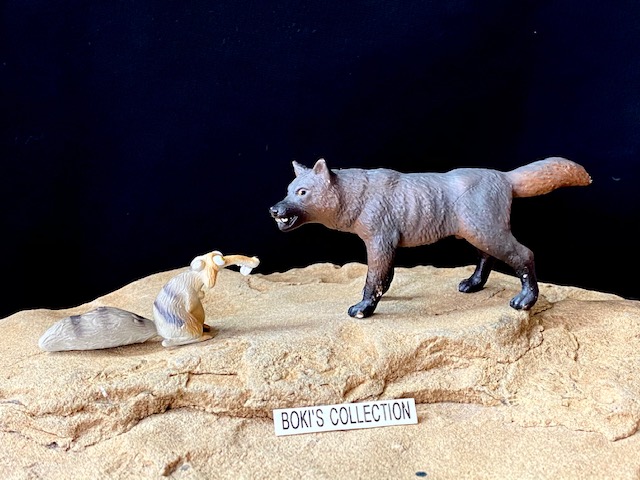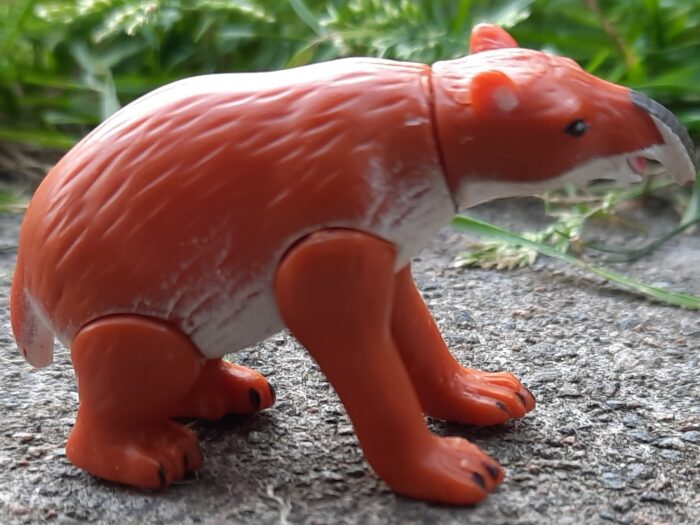Back in 2012 a representative from the toy vendor VictoryBuy joined the Dinosaur Toy forum looking for member feedback with regards to reissuing the Tim Mee set of toy dinosaurs, originally produced in the 1970’s. Flashforward to 2014 and VictoryBuy once again stopped by the forum, this time to announce the actual release of the set.
Age: Pleistocene
Review: Adansonia, Baobab (by Schleich and CollectA)
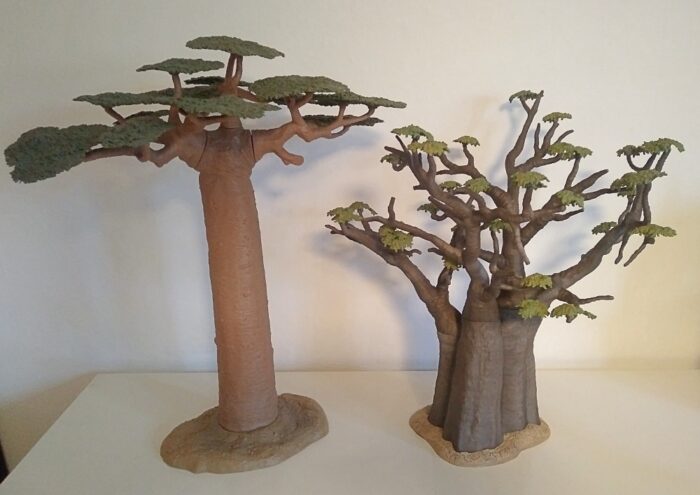
The family of Baobabs is one of the most distinct and recognizable trees in the world. Eight species exist under the genus Adansonia, they are native to Subsaharaian Africa, Madagascar and Australia. The natural history of Baobabs is somewhat clouded and methods as molecular clocking yield debatable results.
Review: Cave Bear (Prehistoire by Starlux)

Review and photographs by Stolpergeist, edited by Suspsy
A lot of people feel a special connection to their local extinct Pleistocene megafauna, those mysterious beasts that once roamed where we stand along with the animals we see today. The majestic Irish elk among fallow deer, the American cheetah hunting pronghorns, the mighty giant wombat grazing alongside kangaroos, or the mega lemurs fending off fossa.
Review: Coelodonta (Jurassic Hunters by Geoworld)
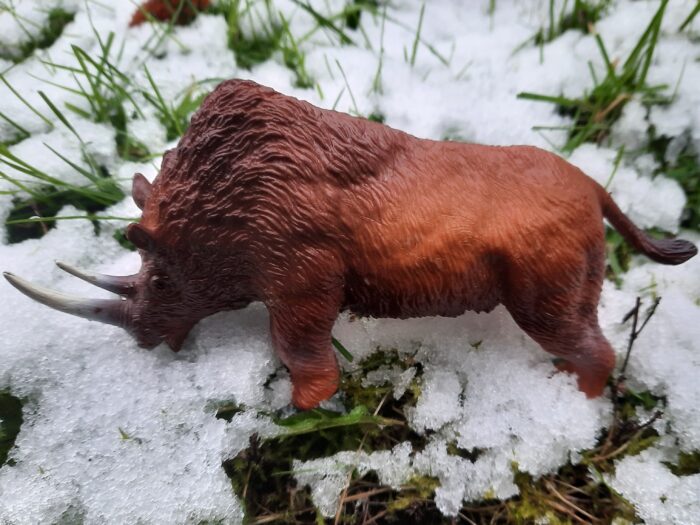
I sometimes can’t believe it’s been nearly five years since I first reviewed a figure, a woolly rhino by Papo. I felt recently that I should take a nostalgic look back at the beast that started it all, review a figure of the great animal that once roamed the grasslands of Europe and Asia some 10,000 years ago.
Review: Megaloceros (Papo)
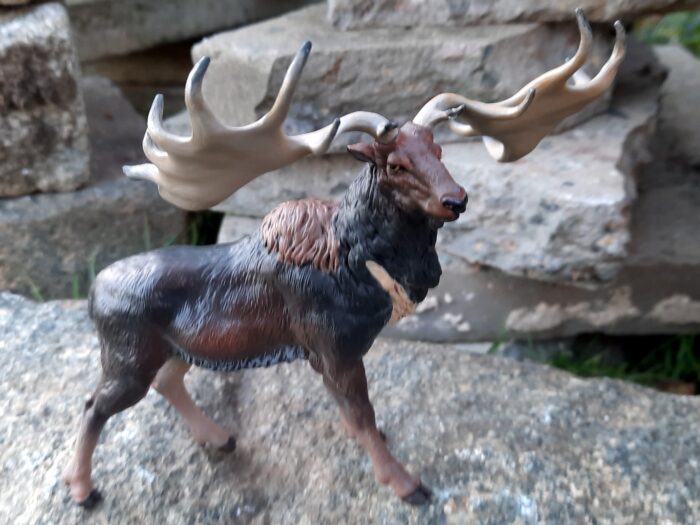
2020 has been a bumper year for the Palaeozoic, Therapsids and minor creatures of the Mesozoic, but this has come at the expense of Cenozoic species, at least among the major toy lines, and the mammals only made half of this list. CollectA produced Megalodon, and Papo brought out the only mammal of 2020 from the major toy producers.
Review: Woolly Mammoth (2020) (Cuddlekins by Wild Republic)

Review and images by Bryan Divers, edited by Suspsy
Another great woolly mammoth toy from Wild Republic! This product has gone through several overhauls since its original introduction in 2007: the fabric color was darkened in 2008 and the fabric itself was changed completely in 2012 from a stiffer, white cotton-backed fabric to a more flexible fabric with matching brown backing.
Review: Dire Wolf (Bullyland)
Review: Woolly Mammoth (12″)(Douglas Cuddle Toys)
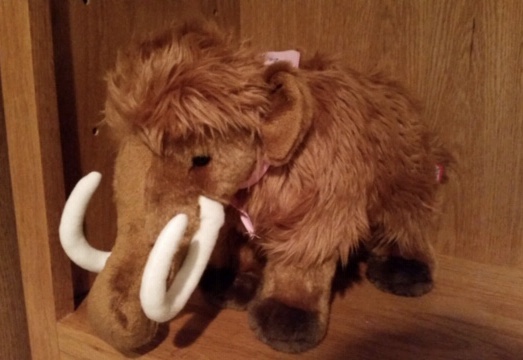
Review and photos by Bryan Divers, edited by Suspsy
No other prehistoric animal has touched my soul quite like the gentle woolly mammoth. Their gentleness, their ability to love, and yet their tragedy has captivated me since childhood. I have even written a song, “If I Can Reach You In Time,” which puts to music my longing to see and touch a mammoth, and the quest to find mammoth DNA in time to rescue the species from extinction.
Review: Woolly Mammoth (Large Version by AAA)
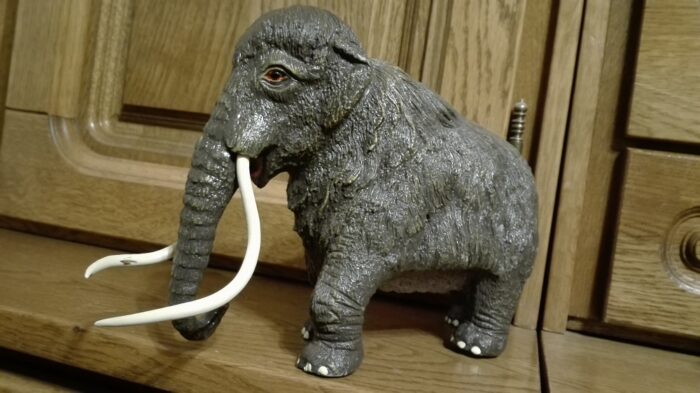
Review and photographs by Stolpergeist, edited by Suspsy
Woolly mammoths are among the most majestic mammalian megafauna of the past. Being such iconic prehistoric animals, plenty of toys have been made by various companies, from the fantastic and anatomically accurate figures by Favorite Co.
Review: Marsupial Tapir/ Palorchestes (Lost Kingdoms Series A by Yowie)
Review: Prehistoric Animal Set (The Ark by Joy City)
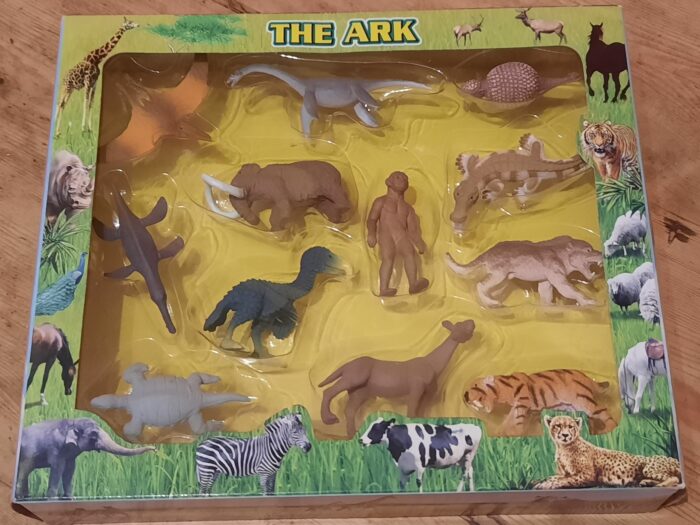
Every now and again, something rather interesting pops up that you wouldn’t expect to be as good as you’d think. The toy sets you would see at supermarkets like Aldi and Lidl, often seen as cheap item makers, having something worth getting. Here, we examine the Joy City line on prehistoric animals, a counterpoint to there Dinosaur wave, which seems more typical chinasaur.
Review: Diprotodon (Lost Kingdoms Series A by Yowie)
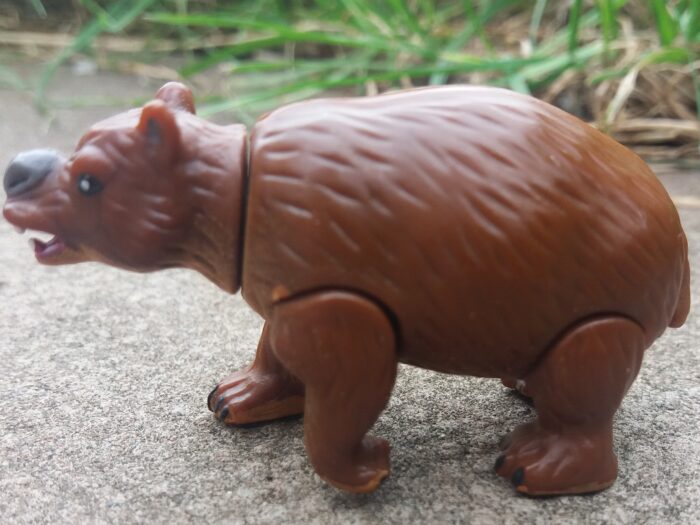
Marsupials are a fascinating group of mammals. With the ability to have multiple young at once and pouches to keep them safe. They have been around for millions of years, now restricted to Australia and South America. Australia once had the largest member of this class: Diprotodon, a giant Wombat relative the size of rhinos, they died out 50,000 years ago, just as the first Aborigines came to Australia.





